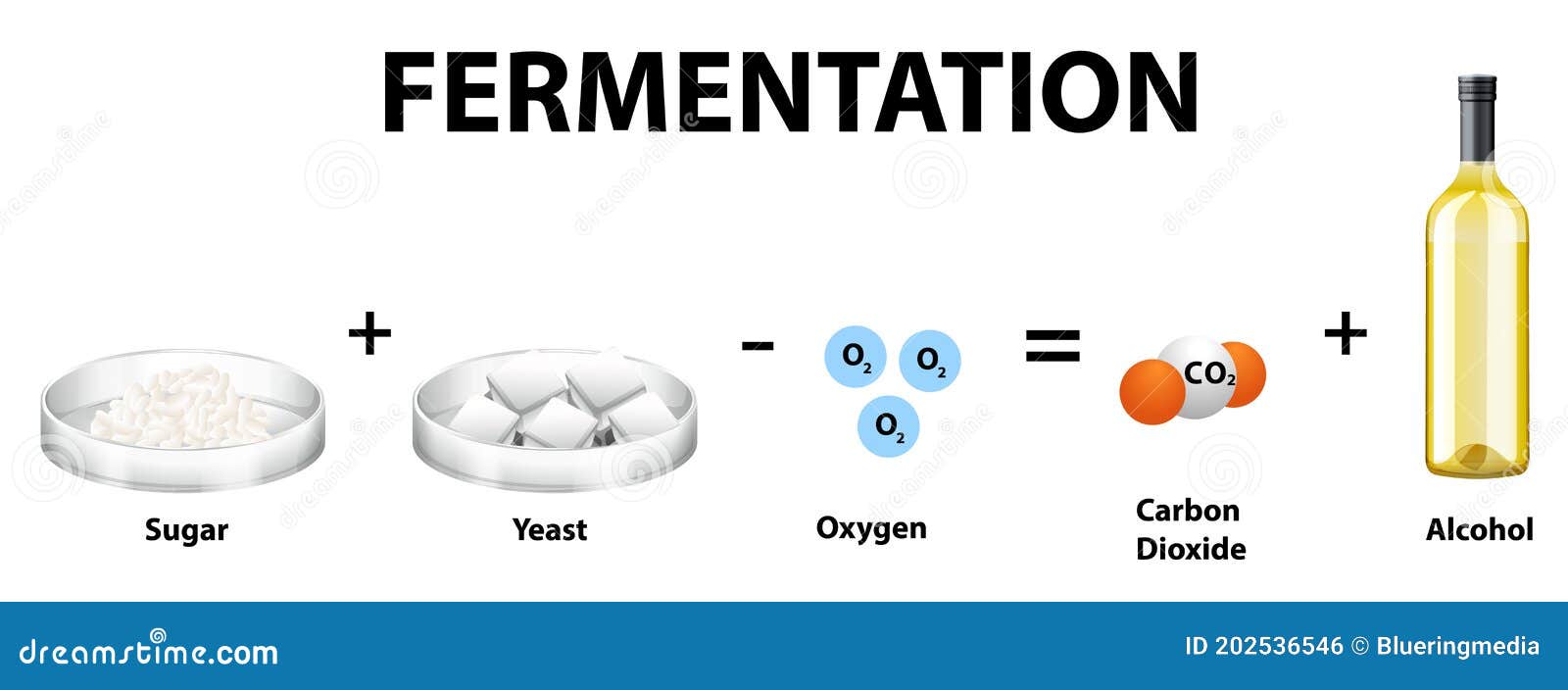
Drop the final -e in the name of the alkane then add the suffix -ol.
Step 1: Identify the longest carbon chain that has the hydroxyl functional group. The systematic way of naming alcohols can be summarised in three steps. At the same time, a number is used to indicate the location of the -OH group. The IUPAC system for naming alcohols uses the -ol suffix together with the name of the parent alkane but dropping the “e”. The IUPAC nomenclature standard is the formal standard for naming alcohols. For example, the formal name for propanol is propan-1-ol. Similar to other chemicals, many alcohols have common and formal names. An example of this is tert -butanol, more formally known as 2-methyl-2-propanol. Tertiary alcohols: Three R groups are attached to the alpha carbon. Examples include 2-propanol and 2-butanol. Secondary alcohols: Two hydrogens are replaced by R groups. Methanol is an exception because it only has one carbon for its R group, which is directly attached to the -OH functional group. Some examples of this include ethanol, propanol, and butanol. Primary alcohols: Only one R group is bonded to the alpha carbon. This means that it can bond with four other elements or groups of atoms, such as hydrocarbon chains, to become chemically stable based on the octet rule. See the illustration below:Īs you may recall, a carbon atom has four valence electrons. The form is determined by the number of R chains attached to the carbon with the hydroxyl group, also known as the alpha carbon. In terms of molecular structure, alcohols have three main forms: primary, secondary, and tertiary. As you can see, one hydrogen is replaced by the hydroxyl group. It can be written as:Ĭompare that to the general formula of alkane, which is C nH 2n+2. The general formula for alcohol is very similar to the general formula of alkanes or saturated hydrocarbons – but with one key difference, which is the hydroxyl group. This R chain is just a hydrocarbon chain that varies in terms of the number of carbon atoms linked together with corresponding hydrogens. The specific type of alcohol is identified based on the alkyl substituent, which is also referred to as the R chain. General Formula and Structure of AlcoholsĪlcohols are classified as a group because of the hydroxyl functional group. When dissolved in water, alcohols become slightly less acidic compared to water. The polarity of the hydroxyl group has a direct effect on the solubility of alcohol in water, despite the nonpolar nature of the alkyl substituents. The hydroxyl functional groups are the ones responsible for increasing the boiling points of alcohols. The hydroxyl functional group has strong polarisation towards the oxygen atom because the electron density is concentrated near the oxygen. Not all organic compounds that have a hydroxyl functional group can be classified as alcohols. Depending on how many alkyl groups are attached to the carbon with the hydroxyl functional group, an alcohol can be classified as either primary, secondary, or tertiary. 
The alcohol is defined by the hydroxyl functional group that’s attached to an alkyl substituent, which is a saturated hydrocarbon derivative.These are the key points that you need to understand about alcohols: For example, the simplest alcohol is called methanol because of the methane substituent.


Therefore, the names of alcohols are often based on the name of the alkyl substituents. General Formula and Structure of Alcoholsīy definition, an alcohol is an organic or carbon-based substance that has at least one hydroxyl functional group (-OH), which is chemically bonded to an alkyl substituent.







 0 kommentar(er)
0 kommentar(er)
